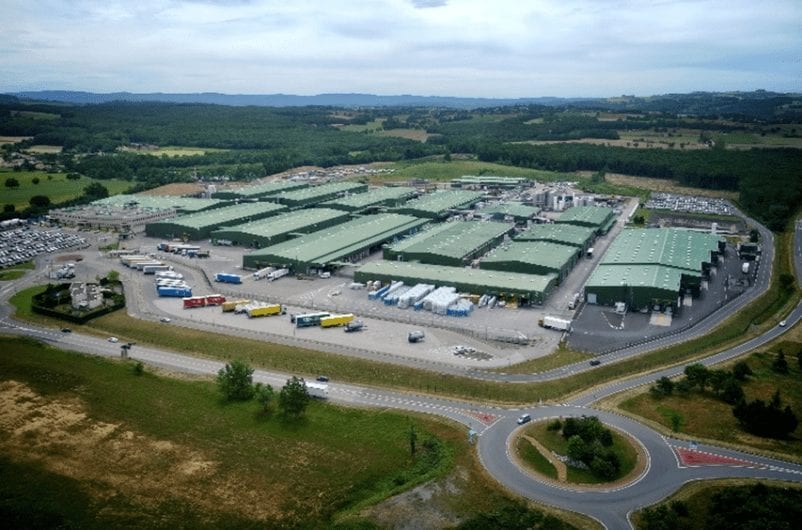
Polymer Producer Mobilizes Field Device Management to Optimize Productivity and Increase Maintenance Efficiency
French manufacturer SNF reduces maintenance effort and cost by implementing a modern FDT®-based device management tablet solution for plant processes and well injection skids.
Digital communication standards are playing an increasingly important role in the industrial world. Today’s intelligent field devices utilize a variety of digital protocols, hence the need for versatile configuration and management tools that effectively support initial setup, daily maintenance, and troubleshooting for the maximum utilization of smart instrumentation.
The following case study describes how an advanced mobile field device management tool, employing the current version (FDT 2.0) of the FDT® standard, helps a major global polymer producer streamline device commissioning and maintenance tasks, and at the same time, increase productivity and savings in maintenance and service work. With the implementation of a modernized FDT solution, the company is now able to achieve greater efficiency in overall maintenance activities for production and skid environments.
Expertise In Oil Recovery
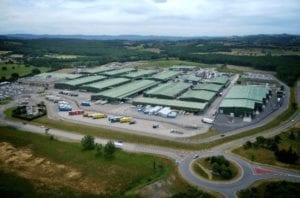
Figure 1: Headquartered in Andrézieux, France, SNF is the world’s largest polyacrylamide manufacturer.
Founded in 1978, and headquartered in Andrézieux, France, SNF s.a.s. produces water-soluble polymers for applications in drinking water, wastewater treatment, oil and gas, and agriculture, as well as the mining, paper, textile and cosmetics industries. It is the largest polyacrylamide manufacturer in the world, accounting for 43 percent of the global production, serving customers in 130 different countries (See Fig. 1).In recent years, SNF has achieved major sales growth in the area of chemical enhanced oil recovery (CEOR). Chemical injection is used to increase the amount of crude oil extracted from oil fields. Rather than try to force oil out of the ground using primary or secondary oil recovery, CEOR (also known as tertiary oil recovery) can increase a well’s extraction recovery potential to 40-60 percent.
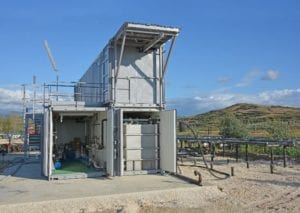
Figure 2: SNF has developed turnkey polymer injection skids, which can be set up directly in oil fields.
SNF’s products are applied in a tertiary recovery method called polymer flooding, which is the most widely used CEOR method. Significant application knowledge is required to make sure the right polymer is injected depending on temperature, water composition, and permeability. Furthermore, in-situ mixing and dosing requires expertise in order to prevent polymer degradation and viscosity loss.
To address the aforementioned production challenges, SNF has developed turnkey skids and trailer-based field installations, which can be set up directly in oil fields. These installations ensure the correct preparation, mixing and dosing of polymers as part of the CEOR process (See Fig. 2).
Importance of Intelligent Operations
Preventing unplanned shutdowns, reducing downtime, and lowering maintenance costs have been shown to provide significant financial benefits. One way to achieve these results is to make certain that all installed assets are used to the best of their ability.
In order for plant operations to run smoothly, solutions that streamline processes and workflows must be in place. Additionally, accurate representation of installed equipment assets must be available. Plant owners and operators are seeking tools to support effective and efficient maintenance and operations management.
Like other industrial organizations, SNF recognizes the importance of implementing intelligent field devices, collecting performance-driven data, and optimizing operations throughout the lifecycle of the processes. Intelligent instrumentation makes it possible to securely get the right information into the hands of expert problem-solvers wherever they are located.
As digital and multi-functional field devices are increasingly used in the process industries, organizations have access to large amounts of information available from such devices. The complexity of digital communication protocols and enhanced diagnostics capabilities creates the need for tools providing ease of configuration and analysis of data information.
Upgrading to Modern Technology
SNF is an expert on polymers and their applications, but for efficient production the company relies on its long-term partner Yokogawa. At the Andrézieux production site, Yokogawa CENTUM CS3000 and CENTUM VP production control systems are used to control the manufacturing of polymers utilized in tertiary recovery operations.
As part of the facility’s mixed network topology, a wide variety of digital process instruments are installed, including pressure, level and temperature transmitters; Coriolis and electromagnetic flowmeters; and pH and conductivity analyzers from different vendors such as Yokogawa, Endress+Hauser and Vega.
Some production lines at the Andrézieux site use field instruments with Yokogawa’s proprietary Brain communication protocol, as well as a specific type of hand-held terminal for device configuration, commissioning and troubleshooting. Other, more recently implemented installations employ the HART communication protocol with a different type of hand-held terminal. Under this scenario, engineers could not backup, manage or compare data as part of their device management procedures.
When searching for state-of-the-art technology to replace the existing handheld units, SNF turned to Yokogawa to provide its FieldMate solution for deployment on both plant-side processes and remote polymer injection skids. FieldMate was implemented in tablet form to integrate existing and modern digital networks and devices, and to enhance and streamline maintenance workflow procedures for device configuration, commissioning and troubleshooting. The tablet solution is an ideal replacement for costly handheld terminals, providing the same mobility for plant maintenance staff with extended functionality, clear graphical displays, trend panel, parameter database, maintenance information records, and more. Site technicians use multiple tablets, and each tablet has the latest up-to-date database. When work has been executed, the databases are synchronised with the master database on the server.

Figure 3: Field maintenance staff at the Andrézieux site can now manage the complete lifecycle of assets and configure devices via a standardized graphical interface, with information accessed from their tablet.
FieldMate automatically scans the bus and reports the devices found, including the status of the device(s) and basic device parameters, and opens the correct DTM. From there, the user can intuitively navigate to device details such as: diagnostics, configuration parameters, maintenance information, etc. The tool’s Parameter Manager capability enables easy configuration of devices, upload of device parameters to the database, and comparison of device parameter sets (actual versus historic) (See Fig. 3).
Thanks to powerful field device management capabilities, the SNF engineering & maintenance team can now manage the complete lifecycle of assets and configure devices via a standardized graphical interface, with information accessed from their tablet. It can also perform offline configuration, and when devices are connected during commissioning, parameter sets can be loaded to individual devices – saving an enormous amount of time.
SNF E&I Engineer Pierrick Boissel commented: “The new device tool allows us to access all instrument data for further use, such as off-line checking of instrument parameters and downloading of all data into the instrument after replacement. Through our LAN, we synchronize all tablets so up-to-date data are available to every user. Having this instrumentation database makes our commissioning and maintenance job easier.”
Antoine Giri, SNF E&I Technician added, “Before having FieldMate, we were using separate standard HART and Brain hand-held terminals. Now we have a single interface for all intelligent devices, which saves time for troubleshooting purposes. Moreover, standard hand-held terminals only have a simple LCD screen with three parameters displayed, whereas FieldMate offers a more intuitive and simple configuration methodology for reading and recording data.”
Value of the FDT/DTM Solution
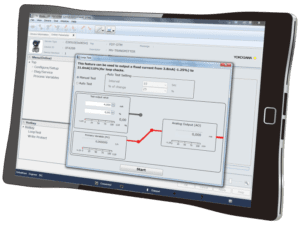
Figure 4: FieldMate is a state-of-the-art, FDT2-enabled device management tool that supports intelligent instrumentation tasks such as performing loop checks.
For industrial organizations, FDT Technology provides a common environment for utilizing intelligent devices’ most sophisticated features, as well as a single interface to integrate any device asset and network with access to performance-driven data – sensor to enterprise.
Within the FDT ecosystem, device manufacturers provide Device Type Manager™ (DTM™) software for their products, and Frame Applications (embedded in systems or standalone device management tools), communicate and read those DTMs – regardless of protocol for each device. This enables complete lifecycle access for configuration, operation and maintenance through a standardized user interface, no matter the supplier, device type/function, or communication protocol.
FDT creates a common communication method between devices and control or monitoring systems that are used to configure, operate, maintain, and diagnose intelligent assets. The FDT solution is not a communication protocol, but rather a standardized asset integration and data delivery technology. It is recognized as an international (IEC 62453), North America (ISA 103), and China (GB/T 29618) standard.
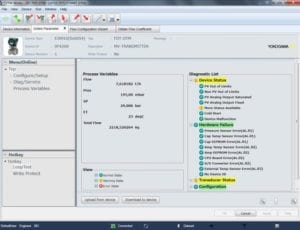
Figure 5: DTMs are used during commissioning and maintenance for visualization of device diagnostics.
For applications like those at SNF, DTMs are used during commissioning and for conducting loop checks (See Fig. 4). They are also employed for visualization of device diagnostics when troubleshooting is to be performed (See Fig. 5). Information is made available in a comprehensive form to maintenance engineers. A standard audit trail feature allows for detailed tracking of any changes to a device, including who did what, when and why. It is a robust solution enabling plant personnel to see smart field devices clearly, know their condition in advance, and act with agility throughout maintenance workflows.
FDT has proven to be effective for the new generation for intelligent operations, enabling improved configuration, calibration and diagnostic capabilities. The technology helps deliver valuable device and process information allowing for many cost-saving and operational improvements. Lower maintenance cost, improved reliability and increased safety are just a few important advantages.
Easier Skid Commissioning
For SNF polymer injection skids delivered to major oil companies around the world, the FieldMate device tool is loaded on a tablet and used to assist with initial configuration and commissioning. All device configuration data is saved for future reference once commissioning is completed, and the device tool’s audit trail function is useful in identifying human error in case of future problems.
Because the device management solution leverages the open, protocol-independent FDT standard, it is ideal for skid environments supporting either HART or FOUNDATION Fieldbus – the communication protocols used depending on the complexity of the polymer injection preparation process. Skids designed for simple processes (i.e., preparing the polymer for injection) are delivered with the device management tool to support a dozen or so devices, whereas skids intended for more complex applications are supplied with a processing unit, Centum VP Production Control System and Yokogawa’s PRM integrated Plant Asset Management solution instead of the device tool for management of hundreds of devices.
Application Results
In increasingly sophisticated plants and factories, the presence of multiple digital communication protocols, coupled with the need for expanded asset diagnostics capabilities, is driving the adoption of tools providing ease of configuration and analysis of data related to field device management.
As digital devices become more diverse and offer greater functionality, automation suppliers are developing and offering FDT/DTM-based solutions featuring simplified and quantitative features. Manufacturers like SNF will continue to benefit from digital technologies and user-oriented tools for managing their intelligent devices. FDT is ahead of its time in terms of providing secure and reliable interoperability and integration of automation systems, network and devices.
“FieldMate saves us a lot of time,” Boissel concluded. “It enables us to achieve real productivity advantages and savings in our maintenance work.”
SNF now has a versatile device configuration and commissioning capability, enabling the company to achieve a higher level of efficiency across its maintenance regimen.